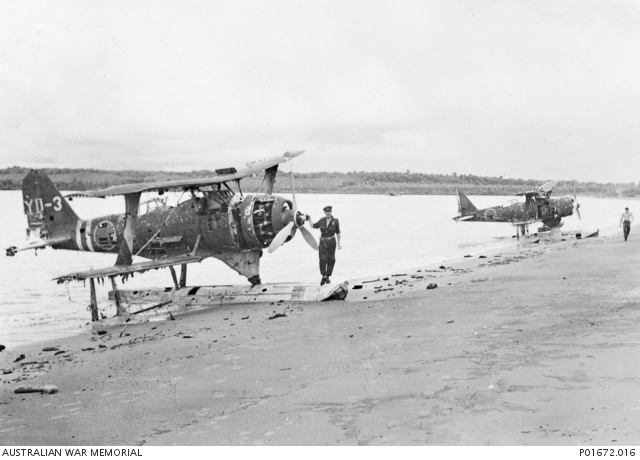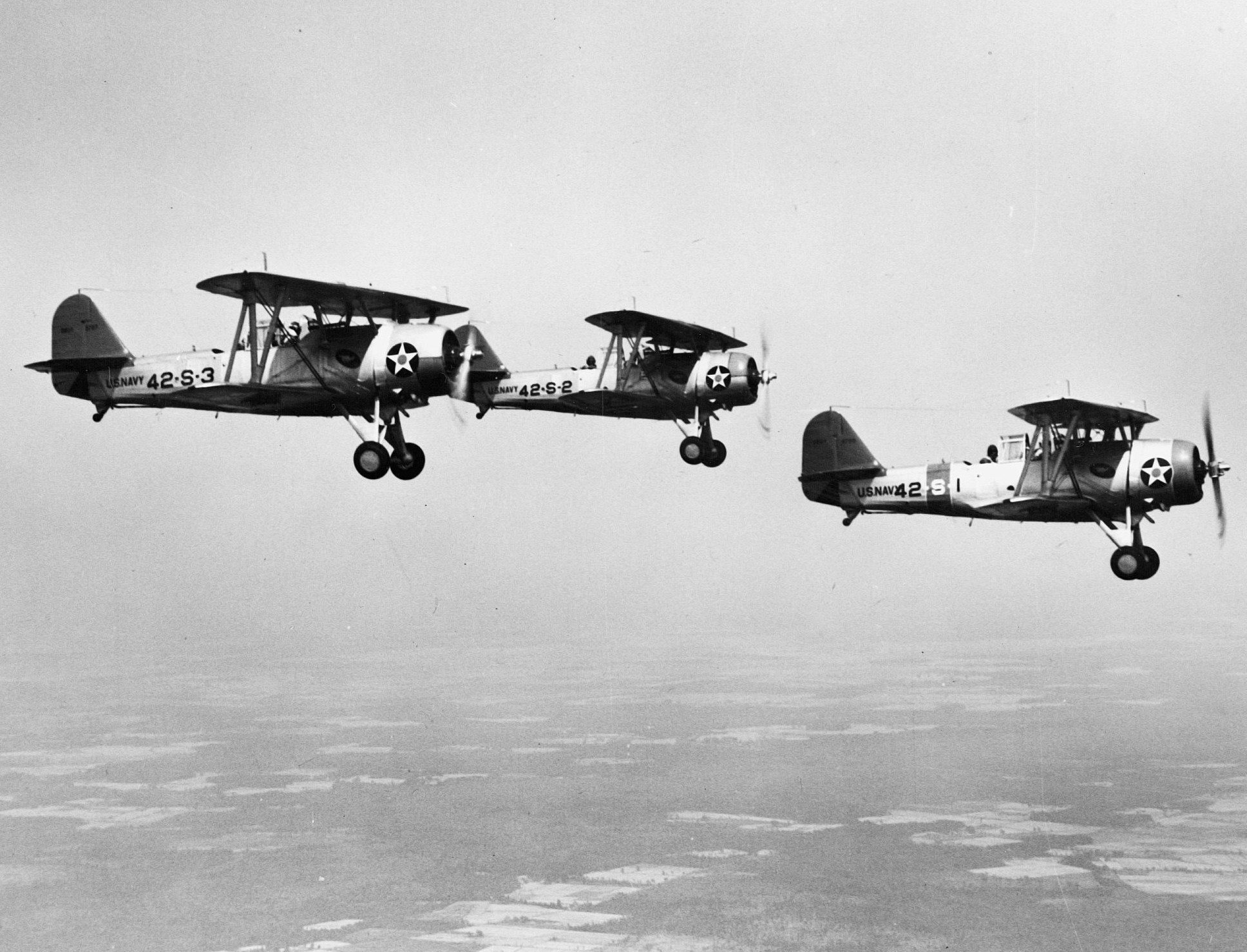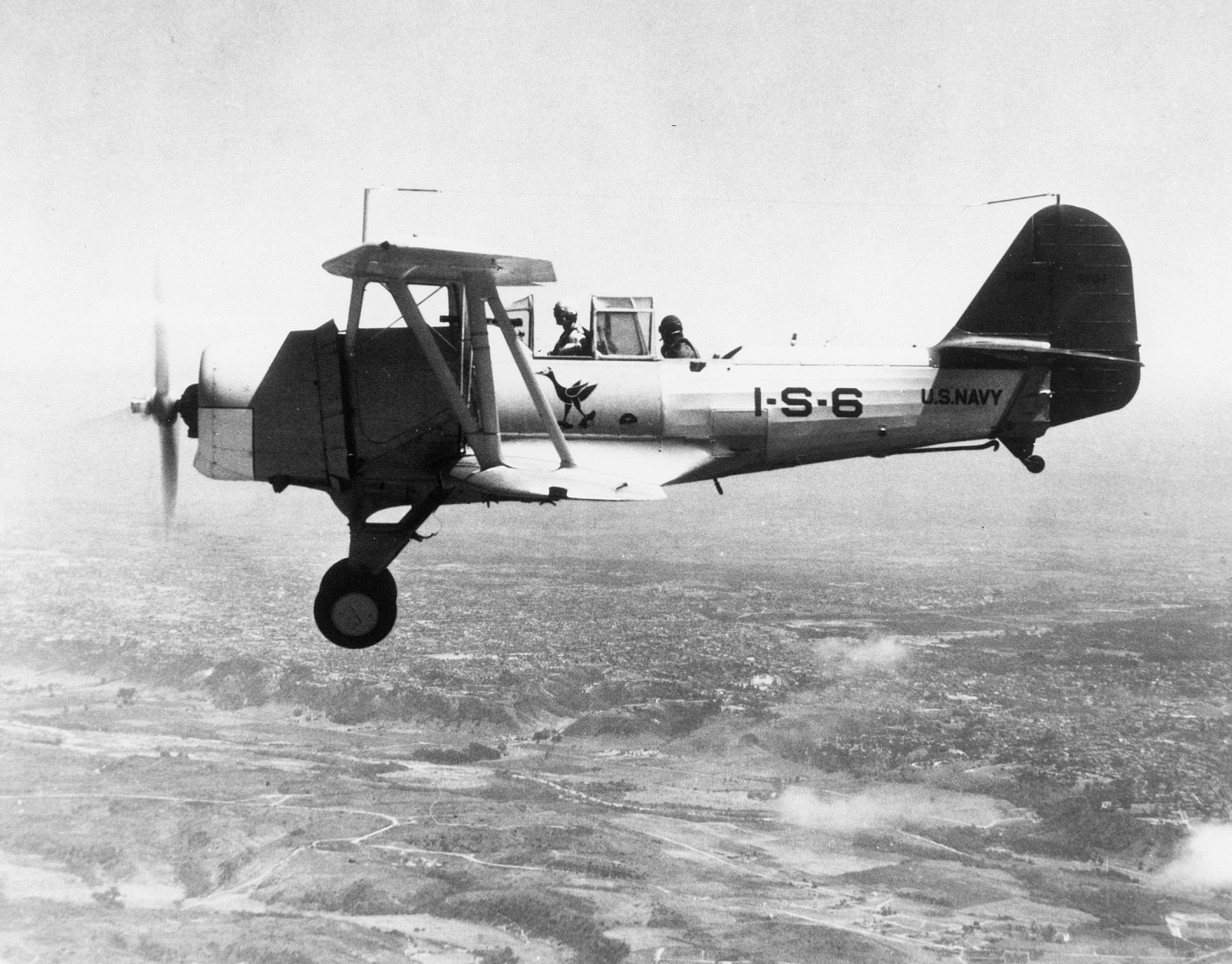|
USS Bassett (APD-73)
USS ''Bassett'' (APD-73), ex-DE-672, was a United States Navy high-speed transport in commission from 1945 to 1946 and from 1950 to 1957. Namesake Edgar Rees Bassett was born on 10 March 1914 in Philadelphia. He enlisted in the United States Naval Reserve as a seaman 2d class on 13 February 1940 at New York City. Commissioned Ensign on 20 May 1941, he joined Fighting Squadron 42 (VF-42) on 9 June as it was preparing for its first Neutrality Patrol cruise on board the . He was awarded air medals for his aggressive performance of duty in the first few months of the war, especially for his strafing gun emplacements and Japanese barges during the raid on Lae and Salamaua, New Guinea, on 10 March 1942. He was also awarded the Navy Cross for his actions during the Battle of the Coral Sea. He shot down a Mitsubishi F1M floatplane over Tulagi during the ''Yorktown'' air group attack on shipping there on 4 May and strafed the Imperial Japanese Navy (IJN) destroyer as it fled Tulagi har ... [...More Info...] [...Related Items...] OR: [Wikipedia] [Google] [Baidu] |
Consolidated Steel Corporation
Consolidated Steel Corporation (formed 18 December 1928) was an American steel and shipbuilding business. Consolidated built ships during World War II in two locations: Wilmington, California and Orange, Texas. It was created in 1929 by the merger of Llewellyn Iron Works, Baker Iron Works and Union Iron Works, all of Los Angeles. Orange shipyard The Orange, Texas shipyard lay on the banks of the Sabine River (Texas-Louisiana), Sabine River, a few miles upstream of the Sabine Pass that grants access to the Gulf of Mexico. () It was expanded in 1940 when Consolidated Steel was awarded destroyer contracts from the U.S. Navy. They were the Orange Car & Steel Company and Southern Dry Dock & Shipbuilding Company before the war. After the war the yard became a U.S. Steel fabrication plant. Steel sold to Signal International and then sold to Westport Orange Shipyard, LLC. At its peak durning the war, it employed 20,000 people. The first ship launched was the destroyer on March 2, ... [...More Info...] [...Related Items...] OR: [Wikipedia] [Google] [Baidu] |
High-speed Transport
High-speed transports were converted destroyers and destroyer escorts used in US Navy amphibious operations in World War II and afterward. They received the US Hull classification symbol APD; "AP" for transport and "D" for destroyer. In 1969, the remaining ships were reclassified as "Fast Amphibious Transports", hull symbol LPR. APDs were intended to deliver small units such as Marine Raiders, Underwater Demolition Teams, and United States Army Rangers onto hostile shores. An APD could carry up to 200 troops - a company-size unit - and approximately 40 tons of cargo. It could also provide gunfire support if needed. was officially designated the Navy's first high-speed transport on 2 August 1940 when she became APD-1. Development Before the United States entered World War II, as newer and more modern destroyers joined the fleet, some older destroyers were refitted for other duties: as seaplane tenders, destroyer minelayers, or destroyer minesweepers, and in an innovation, as ... [...More Info...] [...Related Items...] OR: [Wikipedia] [Google] [Baidu] |
Tulagi
Tulagi, less commonly known as Tulaghi, is a small island——in Solomon Islands, just off the south coast of Ngella Sule. The town of the same name on the island (pop. 1,750) was the capital of the British Solomon Islands Protectorate from 1896 to 1942 and is today the capital of the Central Province. The capital of what is now the state of Solomon Islands moved to Honiara, Guadalcanal, after World War II. The island was originally chosen by the British as a comparatively isolated and healthier alternative to the disease-ridden larger islands of the Solomon Islands archipelago. In October 2019, the government of Central Province signed a deal to grant the 75-year lease of the entire island of Tulagi to a Chinese company China Sam Enterprise Group. However, this was declared unconstitutional by the Solomon Islands parliament after a week and, consequently, the deal was cancelled. Climate History The first recorded sighting by Europeans was by the Spanish expedition ... [...More Info...] [...Related Items...] OR: [Wikipedia] [Google] [Baidu] |
Mitsubishi F1M
The Mitsubishi F1M ( Allied reporting name "Pete") was a Japanese reconnaissance floatplane of World War II. It was the last biplane type of the Imperial Japanese Navy, with 944 built between 1936 and 1944. The Navy designation was "Type Zero Observation Seaplane" (零式水上観測機). Design and development In 1934, the Imperial Japanese Navy issued a specification to Mitsubishi, Aichi and Kawanishi for a replacement for its Nakajima E8N floatplanes, which were used for short-ranged reconnaissance and observation missions from the Navy's warships.Francillon 1970, p. 358. Mitsubishi's design, the Ka-17, given the short system designation F1M1 by the Japanese Navy, was a small all-metal biplane powered by a single Nakajima Hikari 1 radial engine rated at , the same engine as used by Aichi's competing F1A. It had elliptical wings and great care had been taken to reduce drag, with the number of interplane struts and bracing wires minimised. The first of four F1M1s flew in June 1 ... [...More Info...] [...Related Items...] OR: [Wikipedia] [Google] [Baidu] |
Battle Of The Coral Sea
The Battle of the Coral Sea, from 4 to 8 May 1942, was a major naval battle between the Imperial Japanese Navy (IJN) and naval and air forces of the United States and Australia. Taking place in the Pacific Theatre of World War II, the battle is historically significant as the first action in which the opposing fleets neither sighted nor fired upon one another, attacking over the horizon with aircraft carriers instead. To strengthen their defensive position in the South Pacific, the Japanese decided to invade and occupy Port Moresby (in New Guinea) and Tulagi (in the southeastern Solomon Islands). The plan, Operation Mo, involved several major units of Japan's Combined Fleet. Two fleet carriers and a light carrier were assigned to provide air cover for the invasion forces, under the overall command of Admiral Shigeyoshi Inoue. The U.S. learned of the Japanese plan through signals intelligence and sent two U.S. Navy carrier task forces and a joint Australian-American cruise ... [...More Info...] [...Related Items...] OR: [Wikipedia] [Google] [Baidu] |
Navy Cross
The Navy Cross is the United States Navy and United States Marine Corps' second-highest military decoration awarded for sailors and marines who distinguish themselves for extraordinary heroism in combat with an armed enemy force. The medal is equivalent to the Army's Distinguished Service Cross, the Air Force and Space Force's Air Force Cross, and the Coast Guard Cross. The Navy Cross is bestowed by the Secretary of the Navy and may also be awarded to members of the other armed services, and to foreign military personnel while serving with the U.S. naval services. The Navy Cross was established by Act of Congress ( Public Law 65-253) and approved on February 4, 1919. History The Navy Cross was instituted in part due to the entrance of the United States into World War I. Many European nations had the custom of decorating heroes from other nations, but the Medal of Honor was the sole U.S. award for valor at the time. The Army instituted the Distinguished Service Cross and Distin ... [...More Info...] [...Related Items...] OR: [Wikipedia] [Google] [Baidu] |
New Guinea
New Guinea (; Hiri Motu Hiri Motu, also known as Police Motu, Pidgin Motu, or just Hiri, is a language of Papua New Guinea, which is spoken in surrounding areas of Port Moresby (Capital of Papua New Guinea). It is a simplified version of Motu, from the Austronesian l ...: ''Niu Gini''; id, Papua, or , historically ) is the List of islands by area, world's second-largest island with an area of . Located in Oceania in the southwestern Pacific Ocean, the island is separated from Mainland Australia, Australia by the wide Torres Strait, though both landmasses lie on the same continental shelf. Numerous smaller islands are located to the west and east. The eastern half of the island is the major land mass of the independent state of Papua New Guinea. The western half, known as Western New Guinea, forms a part of Indonesia and is organized as the provinces of Papua (province), Papua, Central Papua, Highland Papua, South Papua, Southwest Papua, and West Papua (province), West ... [...More Info...] [...Related Items...] OR: [Wikipedia] [Google] [Baidu] |
Invasion Of Salamaua–Lae
The invasion of Salamaua–Lae (8–13 March 1942), called ''Operation SR'' by the Japanese, was an operation by Imperial Japanese forces to occupy the Salamaua–Lae area in the Territory of New Guinea during the Pacific campaign of World War II. The Japanese invaded and occupied the location in order to construct an airfield and establish a base to cover and support the advance of Japanese forces into the eastern New Guinea and Coral Sea areas. The small Australian garrison in the area withdrew as the Japanese landed and did not contest the invasion. In response to the Japanese landings, a United States Navy aircraft carrier task force including the carriers and ''Lexington'' struck the invading Japanese naval forces with carrier aircraft on 10 March. Supporting the carrier aircraft were eight B-17 bombers of the 435th Bombardment Squadron of the 19th Bombardment Group from Garbutt Field, Townsville, Australia and eight Royal Australian Air Force Hudson bombers of No. 32 S ... [...More Info...] [...Related Items...] OR: [Wikipedia] [Google] [Baidu] |
Empire Of Japan
The also known as the Japanese Empire or Imperial Japan, was a historical nation-state and great power that existed from the Meiji Restoration in 1868 until the enactment of the post-World War II 1947 constitution and subsequent formation of modern Japan. It encompassed the Japanese archipelago and several colonies, protectorates, mandates, and other territories. Under the slogans of and following the Boshin War and restoration of power to the Emperor from the Shogun, Japan underwent a period of industrialization and militarization, the Meiji Restoration, which is often regarded as the fastest modernisation of any country to date. All of these aspects contributed to Japan's emergence as a great power and the establishment of a colonial empire following the First Sino-Japanese War, the Boxer Rebellion, the Russo-Japanese War, and World War I. Economic and political turmoil in the 1920s, including the Great Depression, led to the rise of militarism, nationa ... [...More Info...] [...Related Items...] OR: [Wikipedia] [Google] [Baidu] |
Neutrality Patrol
On September 3, 1939, the British and French declarations of war on Germany initiated the Battle of the Atlantic. The United States Navy Chief of Naval Operations (CNO) established a combined air and ship patrol of the United States Atlantic coast, including the Caribbean, on 4 September, President Franklin D. Roosevelt declared the United States' neutrality on 5 September, and declared the naval patrol a Neutrality Patrol.Cressman, p. 2 Roosevelt's initiation of the Neutrality Patrol, which in fact also escorted British ships, as well as orders to U.S. Navy destroyers first to actively report U-boats, then "shoot on sight", meant American neutrality was honored more in the breach than observance. Background Upon declaration of war, the United Kingdom, France, and Germany attempted to restrict their adversaries' ability to import raw materials and manufactured goods. The belligerent navies were deployed to intercept ships capable of carrying such imports. Ships evading enemy nava ... [...More Info...] [...Related Items...] OR: [Wikipedia] [Google] [Baidu] |
VF-42
Fighting Squadron 42 or VF-42 was an aviation unit of the United States Navy. Originally established as Scouting Squadron 1B (VS-1B) in May 1928, it was redesignated as VS-1S in 1930, redesignated as VS-1B in 1931, redesignated as VS-41 on 1 July 1937, redesignated as VF-42 on 15 March 1941 and disestablished on 22 June 1942. It was the first US Navy squadron to be designated as VF-42. Operational history VS-1B was assigned to the in the 1930s. In December 1941 VF-42 was embarked on for deployment to the Pacific Theatre. VF-42 shot down 25 Japanese aircraft until the squadron was disestablished following the sinking of the ''Yorktown'' on 7 June 1942 during the Battle of Midway. See also * History of the United States Navy * List of inactive United States Navy aircraft squadrons * List of United States Navy aircraft squadrons This is a list of active United States Navy aircraft squadrons. ''Deactivated'' or ''disestablished'' squadrons are listed in the List of inactive Uni ... [...More Info...] [...Related Items...] OR: [Wikipedia] [Google] [Baidu] |
Ensign (rank)
Ensign (; Late Middle English, from Old French (), from Latin (plural)) is a junior rank of a commissioned officer in the armed forces of some countries, normally in the infantry or navy. As the junior officer in an infantry regiment was traditionally the carrier of the ensign flag, the rank acquired the name. This rank has generally been replaced in army ranks by second lieutenant. Ensigns were generally the lowest-ranking commissioned officer, except where the rank of subaltern existed. In contrast, the Arab rank of ensign, لواء, ''liwa''', derives from the command of units with an ensign, not the carrier of such a unit's ensign, and is today the equivalent of a major general. In Thomas Venn's 1672 ''Military and Maritime Discipline in Three Books'', the duties of ensigns are to include not only carrying the color but assisting the captain and lieutenant of a company and in their absence, have their authority. "Ensign" is ''enseigne'' in French, and ''chorąży'' in ... [...More Info...] [...Related Items...] OR: [Wikipedia] [Google] [Baidu] |
_underway_on_31_October_1944.gif)







